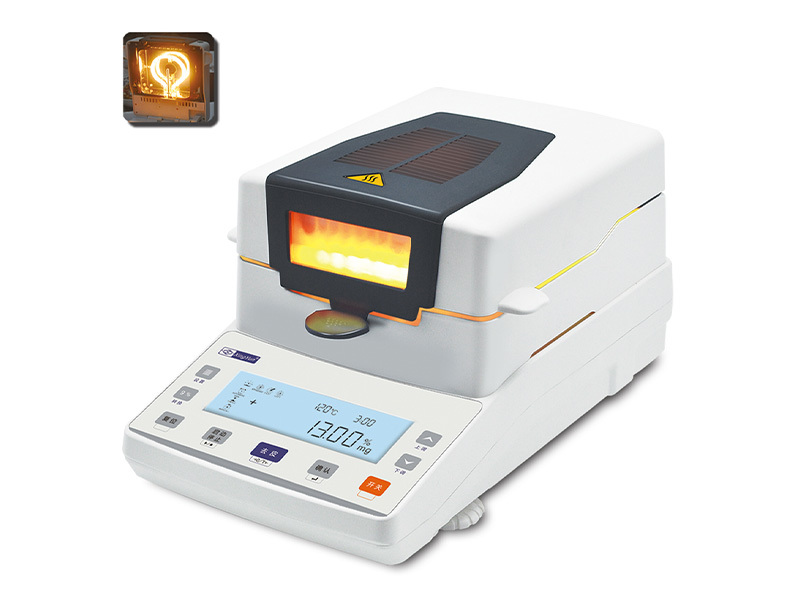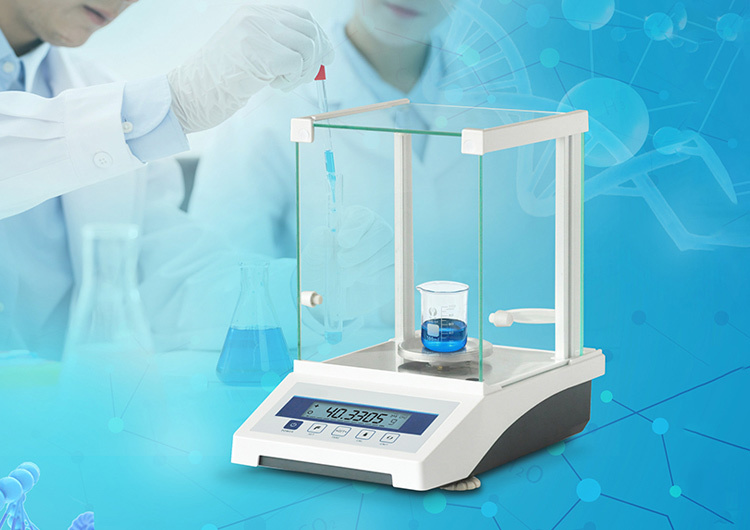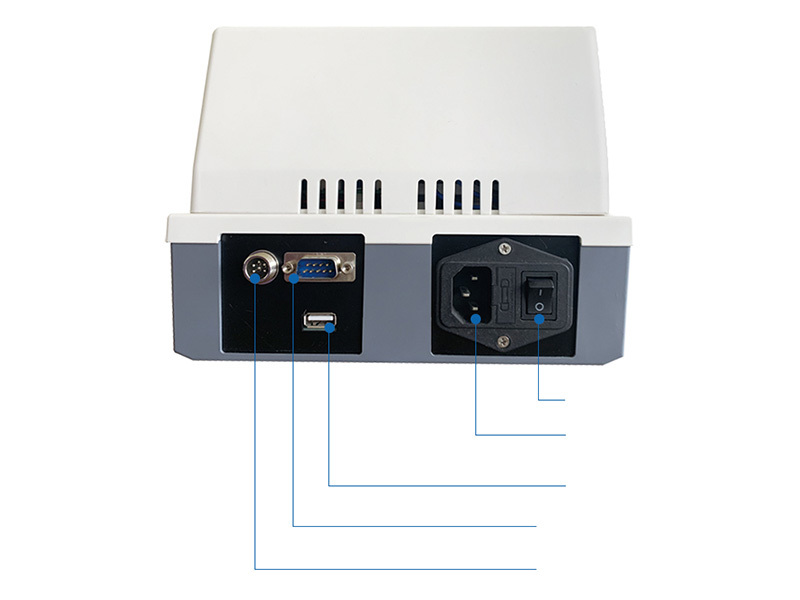News
Beyond the Numbers: The Transformative Role of Analytical Balances in Research Outcomes
2025-04-22
Beyond the Numbers: The Transformative Role of Analytical Balances in Research Outcomes
Table of Contents
- 1. Introduction to Analytical Balances
- 2. Importance of Analytical Balances in Scientific Research
- 3. How Analytical Balances Work
- 4. Applications of Analytical Balances in Various Fields
- 5. Choosing the Right Analytical Balance for Your Needs
- 6. Maintenance and Calibration of Analytical Balances
- 7. The Future of Analytical Balances in Research
- 8. Conclusion
- 9. Frequently Asked Questions
1. Introduction to Analytical Balances
Analytical balances are essential instruments in laboratories that measure mass with an extraordinary degree of precision. These balances can detect mass changes as low as 0.1 mg, making them indispensable for researchers who require accurate data for their experiments. The role of analytical balances transcends mere weighing; they are often integral to ensuring the validity and reliability of research outcomes.
2. Importance of Analytical Balances in Scientific Research
The significance of analytical balances in scientific research cannot be overstated. Accurate mass measurement is fundamental in various applications, including chemistry, biology, and environmental sciences. Researchers depend on these balances to ensure that their findings are not only reproducible but also reflective of true scientific principles.
Moreover, the precision offered by analytical balances allows scientists to:
- Ensure consistent sample preparation.
- Facilitate the formulation of exact concentrations in solutions.
- Conduct accurate stoichiometric calculations.
The ripple effect of these precise measurements ultimately enhances the credibility of research findings and contributes to the body of scientific knowledge.
3. How Analytical Balances Work
Understanding the mechanics of analytical balances reveals why they are so effective. These balances operate on the principle of electromagnetic force restoration. When weight is applied to the balance pan, the electromagnetic force counteracts this weight to maintain equilibrium.
Key features of analytical balances include:
- **Draft Shields**: These protect the balance from air currents that could affect measurement accuracy.
- **Calibration Weights**: Regular calibration ensures that measurements remain precise over time.
- **Digital Displays**: Many modern balances provide easy-to-read digital outputs, enhancing user experience.
The intricate design and advanced technology behind analytical balances contribute to their ability to deliver reliable results, making them invaluable in a research setting.
4. Applications of Analytical Balances in Various Fields
Analytical balances have a wide range of applications across multiple scientific domains:
Chemistry
In chemistry laboratories, accuracy in weighing compounds is crucial for reaction stoichiometry. Analytical balances enable chemists to prepare exact formulations and conduct experiments that yield reproducible results.
Pharmaceuticals
In the pharmaceutical industry, precise dosing is critical. Analytical balances support the production of medications by ensuring that active ingredients are measured accurately, directly impacting efficacy and safety.
Food Science
Food scientists utilize analytical balances to assess ingredients and create formulations. Accurate measurements are essential for nutritional labeling and quality control.
Environmental Science
In environmental research, analytical balances are used to measure pollutants, soil samples, and more. These measurements help scientists understand environmental impacts and develop strategies for sustainability.
5. Choosing the Right Analytical Balance for Your Needs
Selecting the appropriate analytical balance involves several considerations:
Precision and Capacity
The required precision and capacity depend on the specific applications. Higher precision balances are best for research that demands the utmost accuracy.
Features
Consider features such as connectivity options (USB, Bluetooth), readability, and the presence of built-in calibration functions. User-friendly interfaces can enhance operational efficiency.
Budget
While analytical balances are an investment, understanding your budget constraints will help in narrowing down options. Balances with advanced features may come at a higher price but can offer long-term benefits.
6. Maintenance and Calibration of Analytical Balances
Regular maintenance and calibration are vital for ensuring the longevity and accuracy of analytical balances.
Calibration
Calibrating analytical balances at regular intervals eliminates discrepancies in measurements. Using certified calibration weights is crucial for achieving reliable results.
Cleaning
Keeping the balance clean is equally important. Residue from samples can affect performance and accuracy. Regular cleaning protocols should be established to maintain the balance's integrity.
Environmental Control
Since environmental factors can influence measurements, maintaining an appropriate laboratory environment is essential. This includes controlling humidity, temperature, and minimizing vibrations.
7. The Future of Analytical Balances in Research
The future of analytical balances is promising, with advancements in technology paving the way for even greater accuracy and functionality. Innovations such as smart balances with integrated software for data analysis and remote monitoring capabilities are on the horizon. These developments will empower researchers to obtain real-time data and improve experimental efficiency.
Additionally, the integration of artificial intelligence and machine learning could lead to more sophisticated calibration and operational protocols, further enhancing the reliability of measurements.
8. Conclusion
Analytical balances are more than just weighing instruments; they serve as critical components in the research process, ensuring the accuracy and reliability of scientific data. Their influence extends across various fields, reinforcing the importance of precise measurements in yielding valid results. As technology continues to evolve, the role of analytical balances will only become more integral, driving forward the boundaries of scientific inquiry and discovery.
9. Frequently Asked Questions
1. What is the difference between an analytical balance and a regular scale?
Analytical balances are designed for high precision, often measuring to 0.1 mg or lower, while regular scales typically have a lower resolution and are used for general weighing tasks.
2. How often should analytical balances be calibrated?
Calibration frequency depends on usage and manufacturer recommendations, but a common practice is to calibrate before each use or at least once a day.
3. Can analytical balances be used in fieldwork?
While analytical balances are primarily designed for controlled laboratory environments, portable versions are available for field applications that require precision.
4. What factors can affect the accuracy of analytical balances?
Environmental conditions such as vibrations, air currents, temperature, and humidity can impact measurement accuracy. Using draft shields and placing balances on stable surfaces can mitigate these effects.
5. How do I choose the right analytical balance for my research needs?
Consider factors such as precision requirements, maximum capacity, desired features (e.g., connectivity, readability), and budget constraints when selecting an analytical balance.
This comprehensive insight into analytical balances illustrates their critical role in research, shaping the outcomes and advancing scientific knowledge. As we move forward, embracing the advancements in technology will further enhance the quality of research results.
Related News













